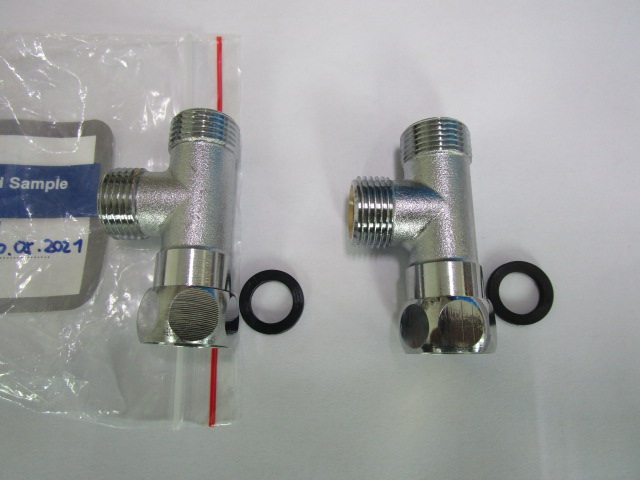
Pajamas are an essential part of our sleepwear collection, and the choice of fabric plays a crucial role in determining their comfort and durability. This article aims to explore the classification of pajama fabrics and provide insights into evaluating their quality standards. By understanding different fabric types and their characteristics, consumers can make informed decisions when purchasing pajamas that offer optimal comfort and quality.
Classification of Pajama Fabrics:
Pajama fabrics can be categorized into various types based on their composition and properties. Let’s explore the most common classifications:
1. Cotton Fabrics:
Cotton is a widely preferred fabric for pajamas due to its natural properties, breathability, and softness. Different types of cotton fabrics used for pajamas include:
a. Flannel: Flannel is a soft, brushed cotton fabric known for its warmth and comfort. It is commonly used for pajamas during colder months.
b. Jersey: Jersey is a lightweight, stretchy cotton fabric often used in pajamas. It provides excellent breathability and flexibility for ease of movement during sleep.
c. Interlock: Interlock is a tightly woven cotton fabric that is smooth and durable. It offers a comfortable fit and is suitable for year-round wear.
2. Synthetic Fabrics:
Synthetic fabrics are known for their durability, moisture-wicking properties, and ease of care. Popular synthetic fabrics used for pajamas include:
a. Polyester: Polyester is a durable and wrinkle-resistant fabric that is commonly used in pajamas. It provides good moisture-wicking capabilities, keeping the body dry during sleep.
b. Microfiber: Microfiber is a soft and lightweight synthetic fabric that offers excellent breathability and moisture absorption. It is often used in pajamas for its smooth texture.
c. Modal: Modal is a synthetic fabric made from cellulose fibers. It is known for its softness, breathability, and resistance to shrinkage. Modal pajamas offer a luxurious feel.
3.Blends:
Blended fabrics combine the advantages of different fibers, offering a balance of comfort and durability. Some common blends used for pajamas include:
a. Cotton-Polyester Blend: This blend combines the softness of cotton with the durability and wrinkle resistance of polyester. It offers breathability and easy maintenance.
b. Cotton-Spandex Blend: This blend provides the softness and breathability of cotton with the added stretch and flexibility of spandex. It ensures a comfortable fit and ease of movement.
Evaluating Pajama Fabric Quality:
When assessing the quality of pajama fabric, several factors need to be considered. Here are key indicators to evaluate the fabric’s quality standards:
1. Fabric Weight: The weight of the fabric is an important factor in determining its thickness and warmth. A suitable weight depends on personal preferences and the intended use of the pajamas.
2. Stitching and Seam Quality: Inspect the stitching and seams of the pajamas. High-quality pajama fabric will have well-constructed seams that are durable and secure.
3. Softness and Comfort: Assess the fabric’s texture and how it feels against the skin. It should be soft, smooth, and non-irritating. Avoid fabrics that feel rough or uncomfortable.
4. Breathability and Moisture-wicking: Good pajama fabric allows air circulation and wicks away moisture from the body, keeping you cool and dry during sleep.
5. Durability and Pilling Resistance: Evaluate the fabric’s strength and resistance to wear and tear. Look for fabrics that are less prone to pilling and can withstand frequent washing and use.
6. Colorfastness: Check if the fabric’s color is resistant to fading or bleeding. High-quality pajama fabrics will retain their color vibrancy even after multiple washes.
7. Care Instructions: Consider the fabric’s care requirements. High-quality pajama fabrics should have easy care instructions and maintain their shape and softness even after washing.
Selecting the right fabric for pajamas is essential for a comfortable and restful sleep experience. Understanding the classification of pajama fabrics and evaluating their quality standards empowers consumers to make informed choices. Whether opting for cotton fabrics, synthetic fabrics, or blends, factors such as fabric weight, stitching quality, softness, breathability, durability, colorfastness, and care instructions are crucial in determining the fabric’s quality level. Prioritizing fabric quality ensures that pajamas offer optimal comfort and longevity, leading to a better night’s sleep.




